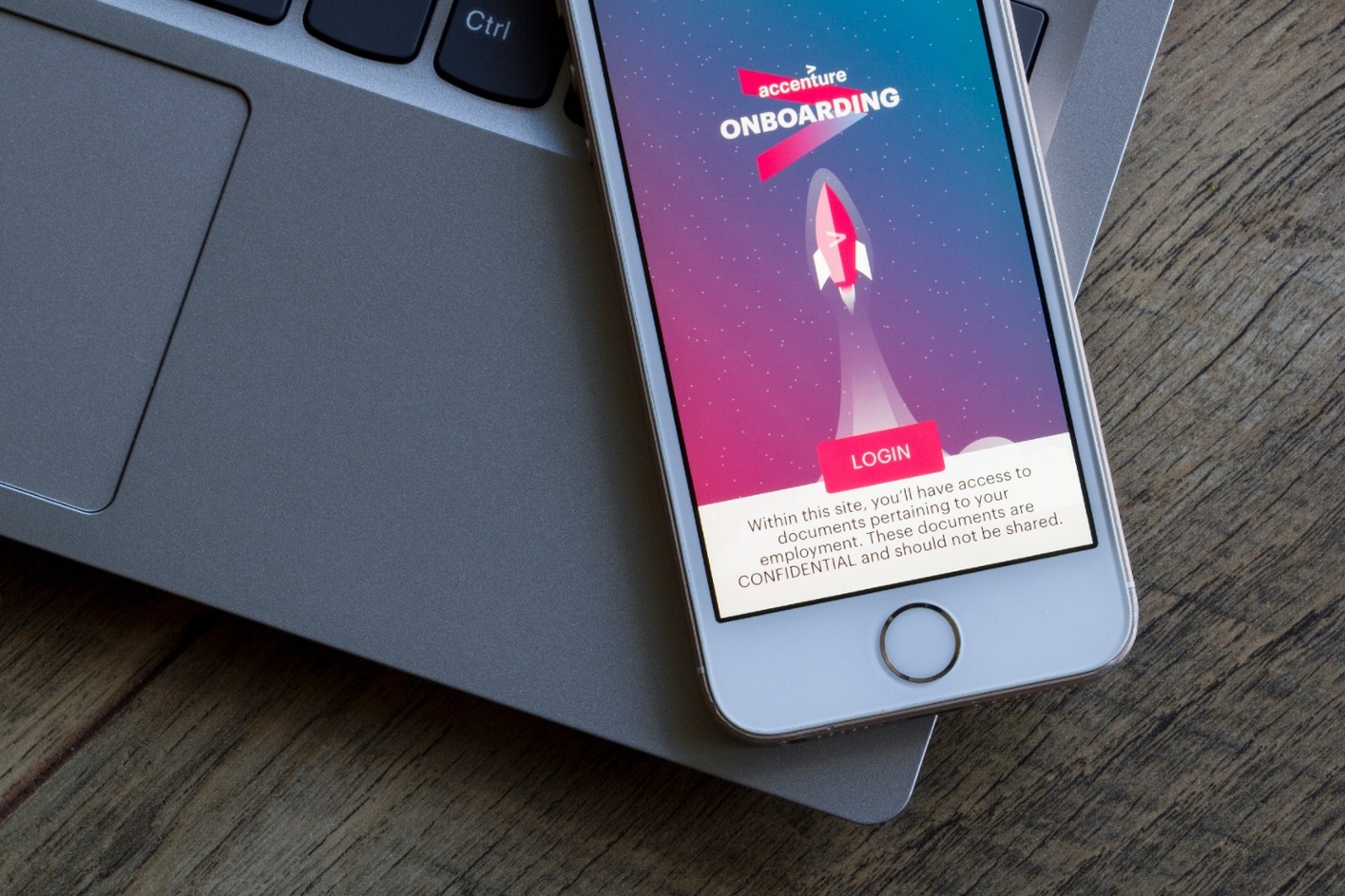Customer churn is a nightmare for any business. But did you know a significant portion of churn happens during onboarding? That initial product introduction is crucial for setting a positive first impression and keeping users engaged. In this post, we'll explore powerful user onboarding best practices to dramatically improve your retention rates.
Subscribe to our monthly newsletter for free!
Subscribe
TL;DR
- Keep it Short & Sweet: Efficient onboarding under 10 minutes reduces drop-offs. Customize based on user feedback to find the optimal length.
- Eliminate Redundant Data Entry: Integrate systems to avoid repetitive data requests. Streamline the process for a smoother user experience and higher engagement.
- Personalize the Onboarding Journey: Use user data to tailor the onboarding experience. Customization enhances engagement and fosters a deeper connection with the product.
- Good UX is Key: Simplify forms, navigation, and language to enhance user understanding and reduce frustration. Ensure mobile optimization and clear visuals for a seamless experience.
- Ensure Technical Robustness: Monitor for and resolve issues like slow loading times, broken links, and unclear error messages. Technical reliability is crucial for a positive onboarding experience.
- Prioritize Privacy and Security: Implement robust identity verification and data protection measures to build trust. Clearly communicate data usage policies and empower users with control over their information.
- Set and Meet User Expectations: Be transparent about the onboarding process duration and steps involved. Manage expectations to prevent user frustration and ensure a smooth onboarding journey.
Keep it short & sweet: streamline your onboarding process
- Attention spans are short. Onboarding should be efficient, providing users with the essentials to get started quickly. Think under 10 minutes.
- Research by companies like HubSpot suggests longer onboarding flows lead to higher drop-off rates.
- Test and gather user feedback to determine the optimal onboarding length for your specific product or service.
Eliminate redundant data entry: a user-friendly approach
- Nobody likes filling out the same information twice.
- Integrate underlying systems to avoid asking users for duplicate data.
- Consider a common data model or using integrated services for authentication and verification.
- Respect user time and create a smooth, frustration-free experience.
An example, imagine a new user is filling out a signup form in the first step to setup an account for a new app where they are asked to provide some kind of personal information to establish a user profile for authentication.
Then, later in the onboarding process they are once again asked for the same information from the sign up form but this time to verify their identity, or do additional KYC checkups. This can have a negative impact on the user onboarding experience and hence on customer retention.
One common reason for this is the existence of different systems that need the same data for the same account, but are not integrated. One underlying reason of this is often solving using different external providers for different functions. For example, platforms often have one provider for the authentication solution and another for the KYC solution, even though they build on the same identity data.
Besides being annoying, this can also lead to new users becoming fatigued and accidentally input different information in different steps of the process, resulting in errors. This can cause further frustration and may even result in the customer giving up on the onboarding process altogether.
Aim to streamline the onboarding process by eliminating any redundant data entry either by integrating underlying systems to re-use customer data that they have already provided. One way is to establish one, common data model for the service. You can also consider using integrated services for authentication, ID verification and KYC
Doing this, you can deliver a good user onboarding experience for all new users, where they feel valued by you as a service provider.
Personalize the onboarding journey: make users feel valued
Even though the onboarding is automated, new users expect a personalized experience when interacting with a product. Providers not managing personalization of their onboarding flows may risk having customers feel like apps are not tailored to their needs, which may result in them abandoning the onboarding process.
For example, if an app asks all new users to fill out the same generic profile form, disregarding who they are, the questions may not be relevant or engaging to some users. In contrast, if an app uses data from the user's past interactions or profile information to customize the onboarding process, it can help to create a positive first impression and establish a deeper connection with the user.
For instance, imagine a fitness app that in the first step of the onboarding asks about the user's fitness goals and exercise preferences. Instead of asking more questions, it could use that information to suggest a workout plan for the user, and personalize the welcome email and welcome message to make the user feel more invested in the app.
Product managers should focus on creating personalized onboarding experiences that meet or exceed customer expectations. This very much involves using data from the user's past interactions to customize the onboarding process, making the user feel more invested in the product.

Make sure the user experience in user onboarding is excellent
When an onboarding process has poor user experience, customers may struggle to understand how to complete the process, become frustrated with technical issues, or feel that the process is not worth the time and effort required. Here are a few examples of complexity problems that can arise in an online customer onboarding process due to weak UX design.
- Complicated Forms: If the forms required to sign up or register for a service or product in the first step are overly complicated, customers may struggle to complete them. This could be due to confusing instructions, unclear labeling of fields, or an excessive number of required fields.
- Multiple Steps: If the onboarding process involves multiple steps, customers may discover that it is difficult to keep track of where they are in the process or what they need to do next. This can lead to frustration and ultimately cause customers to abandon the process.
- Technical Jargon: If the language used in the onboarding process is technical or difficult to understand, customers may struggle to follow the instructions or feel overwhelmed by the complexity of the process.
- Inconsistent Navigation: If the navigation of the onboarding process is inconsistent or unclear, customers may have difficulty finding the information they need or completing the required steps.
- Poor Mobile Optimization: If the onboarding process is not optimized for mobile devices, customers may experience difficulties completing the process on their smartphones or tablets, which could lead to abandonment.
- Confusing Visuals: If the visuals used in the onboarding process are confusing or unclear, customers may struggle to understand how to complete the process or what information is required.
It is necessary for you to be continuously user-centric and secure feedback from users on issues like these to identify and fix usability issues in the onboarding process. Addressing these UX design problems can help you improve the customer onboarding experience and ultimately reduce your churn rate.

Make sure users don't experience technical problems when onboarding
Technical problems in the user interface can be a significant contributor to the churn rate during the onboarding process. Core functionality issues like login problems or difficulty navigating through the product can lead to customer frustration and abandonment. These are a few examples of technical problems that can arise when a user interacts with a customer onboarding process:
- Slow Page Load Times: If the onboarding process involves multiple pages or requires the customer to upload large files, slow page load times can cause frustration and lead to abandonment.
- System Incompatibilities: If the onboarding process requires the use of specific software or hardware, for example a certain browser, that is not compatible with the customer's system, they may be unable to complete the process.
- Broken Links: If any of the links or buttons within the onboarding process are broken or not functioning properly, customers may be unable to progress through the process.
- Error Messages: If error messages are unclear or do not provide helpful information, customers may become frustrated and abandon the process.
- Security Concerns: If the onboarding process requires the customer to enter sensitive information, such as personal or financial details, they may be hesitant to proceed if they are not confident in the security of the process.
Product managers should work closely with their development team to identify and address technical issues affecting key features during new user onboarding. To prevent technical problems from causing churn in the onboarding process, and delivering a good onboarding experience, one key is to regularly monitor and test the onboarding process to ensure that it is functioning correctly and that all links, buttons, and forms are working as intended.

Make users feel safe that their privacy is protected in the onboarding flow
If the onboarding process requires the customer to enter sensitive information, such as personal or financial details, they may be hesitant to proceed if they are not confident that their privacy is not governed in the process. Almost eight in ten europeans avoid disclosing personal information online because they are concerned their online personal information is not kept secure by service providers, according to Eurobarometer.
A specific security concern related to online customer onboarding is the risk of identity theft or fraud. 1/3 of all Americans have been victims of identity theft, according to a survey by Proofpoint. Today, many digital services do not require an identity assurance level equivalent to physical services. Many digital service suppliers basically are not sure who they are onboarding.
In order to safeguard the privacy needs of users, you must take steps to ensure that the identity of customers is verified during the onboarding process to prevent fraud, such as requiring customers to provide government-issued identification or to go through a digital identity verification process.
You must also balance the need for security with the principle of data minimization, which requires that they only collect the minimum amount of personal data necessary for the onboarding process. You should also make it clear for users to see which data is shared with you as a service provider, and make it easy for the user to withdraw the consent to share this information.
customers need to trust that their information is secure when signing up for a new product, otherwise this might be another source of churn.
A feeling of weak privacy protection might be another source of churn. Product managers together with risk and compliance officers must prioritize security and protection of personal integrity and ensure that all user data is encrypted and secure to deliver great user onboarding.
Set and meet user's expectations on the onboarding process
Finally, when customers begin an onboarding process, they have certain expectations about what the process will entail and how long it will take. If these expectations are not met, it can result in frustration and ultimately lead to abandonment.
For example, if a customer is told that the onboarding process will take 10 minutes but it actually takes 30 minutes, the customer may become frustrated and abandon the process. Similarly, if a customer is told to look in their mailbox for a verification email, but the email takes 3 minutes to arrive, it can lead to disappointment and a negative perception of the business.
Product managers should set clear expectations upfront and deliver on any promises made to the customer. Providing regular updates on the progress of the onboarding process can also help manage customer expectations.
Some of the best onboarding processes are very clear about how much time it will take to complete, and visualizing where you are in the process with for example onboarding checklists and progress bars. Additionally, providing an overview of the process upfront, so customers know what to expect.
Conclusion: craft an onboarding experience that wins
By following these best practices, you can create a user onboarding experience that reduces churn, boosts user satisfaction, and sets the stage for long-term success. Remember, onboarding is your chance to make a great first impression. Make it count!
